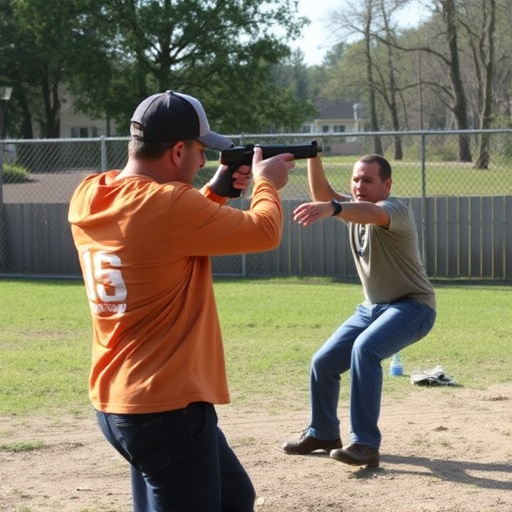High voltage stun gun brands offer powerful non-lethal weapons for self-defense and law enforcement. These devices use electric shocks to temporarily paralyze targets, with models like Olight and Streamlight featuring high voltages for close-to-medium range disruption. Tasers, known for their lower voltages and two-probe system, provide muscle control disruption over longer distances. Legalities vary globally, with strict regulations and possession limits. Top brands highlight durability, performance, and safety features in their offerings, catering to diverse user needs.
“In the realm of personal safety and law enforcement, Tasers and stun guns stand out as powerful tools. This comprehensive guide aims to demystify these devices, offering a detailed comparison between Tasers and high-voltage stun guns. From understanding their unique functionalities to exploring legal considerations, we’ll analyze top brand offerings. Discover the nuances of power, range, and safety features that define these weapons, empowering you with knowledge in today’s self-defense landscape.”
- Understanding Tasers: Function and Deployment
- Stun Guns: Design and Safety Features
- High Voltage Comparison: Power and Range
- Legal Aspects: Use and Possession Regulations
- Top Brand Analysis: Taser vs Stun Gun
- Real-World Applications: Law Enforcement and Self-Defense
Understanding Tasers: Function and Deployment
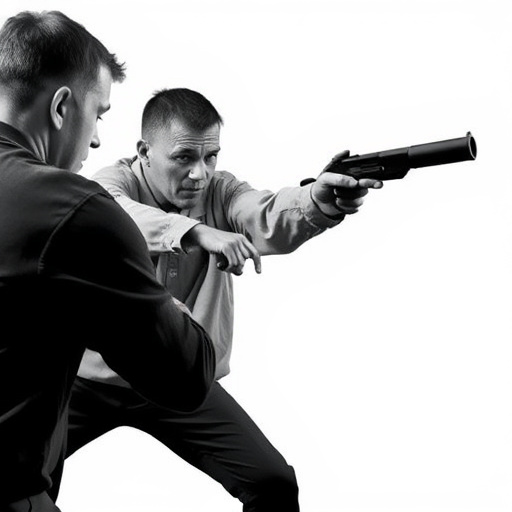
Tasers, officially known as Electro-Muscular Disruption (EMD) devices, are non-lethal weapons that use electric current to disrupt muscle control, causing temporary paralysis. They fire two small probes connected to high voltage electrical circuits, delivering a powerful pulse of electricity that incapacitates the target. Tasers are designed for law enforcement and self-defense purposes, offering a less lethal alternative to firearms.
When deployed, officers aim Tasers at specific body areas like the center mass or extremities, ensuring proper contact for optimal effectiveness. The electric pulse disrupts nerve signals to the muscles, leading to muscle spasms and temporary immobilization. Popular high voltage stun gun brands known for their reliability and performance include those that prioritize accuracy, durability, and safety features, catering to both professional officers and personal defense enthusiasts.
Stun Guns: Design and Safety Features
Stun guns, also known as electric stun devices or personal stuners, are designed to immobilize targets through electrical impeding rather than physical harm. These non-lethal weapons typically fire small probes connected to wires that make contact with the assailant, delivering a powerful electric shock. The current interrupts the body’s neural signals, causing temporary muscle spasms and disorientation. This disruption is enough to disable an attacker without leaving lasting physical damage.
Many modern stun guns are compact and easily portable, designed to fit comfortably in a hand or concealed under clothing. They often feature safety mechanisms like trigger locks and auto-shutoff switches to prevent accidental activation. High-voltage stun gun brands prioritize reliability and power, offering models with various voltage outputs and pulse patterns. These devices are popular choices for personal protection, law enforcement, and security professionals who need a swift, effective non-lethal solution in potentially dangerous situations.
High Voltage Comparison: Power and Range
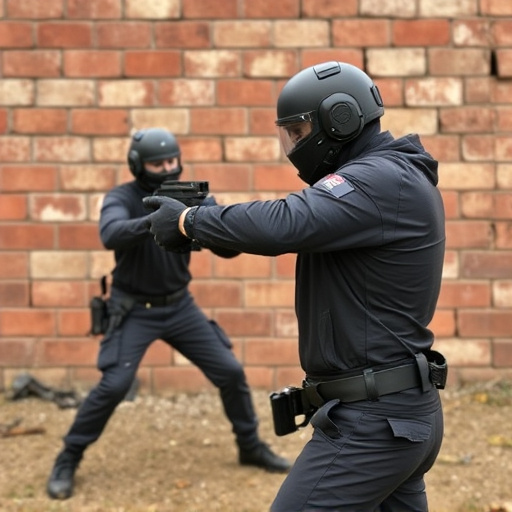
When comparing a Taser and a stun gun, one of the most significant factors is their power source and output—high voltage. Both devices deliver electric shocks to incapacitate targets, but they differ in voltage levels and energy delivery. High-voltage stun guns are designed to emit powerful jolts that can temporarily paralyze or stun an assailant at a relatively close range. Brands like Olight and Streamlight offer models with impressive voltage outputs, ensuring maximum impact for self-defense purposes.
In contrast, Tasers typically utilize lower voltage levels but deliver energy through a unique two-probe system, creating a “prolonged discharge” effect that disrupts muscle control. While this technology is effective at close to medium range (up to 21 feet), stun guns often provide a more concentrated and intense shock, making them suitable for both close encounters and situations requiring a bit more distance. The high-voltage nature of these stun guns means users must be mindful of their surroundings to avoid accidental shocks or bystander injuries.
Legal Aspects: Use and Possession Regulations
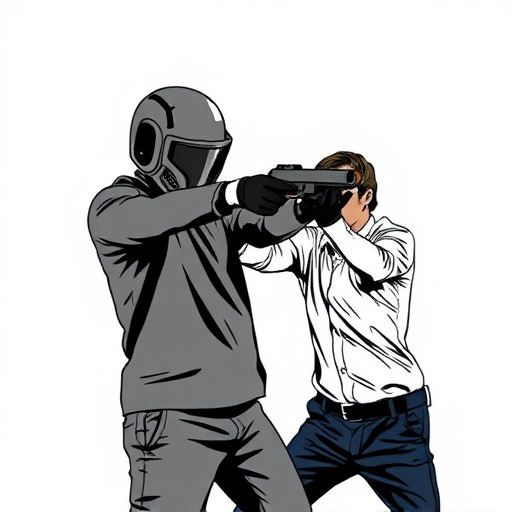
The legal landscape surrounding stun guns, or electroshock weapons, varies widely across jurisdictions. In many countries, these devices are strictly regulated due to their high-voltage capabilities and potential impact on public safety. Use regulations often dictate that stun guns can only be employed for self-defense purposes, with strict guidelines on when and how they may be deployed. Possession laws further restrict access, requiring permits or licenses for private citizens to legally own these devices.
High-voltage stun gun brands must adhere to stringent legal requirements, ensuring their products are designed with safety mechanisms in place and marketed towards authorized users. Some regions even differentiate between stun guns and Tasers (which use electric current to incapacitate), each having its own set of rules and restrictions. Understanding these legal aspects is crucial for both manufacturers and potential users alike to ensure compliance and promote responsible ownership.
Top Brand Analysis: Taser vs Stun Gun

When comparing Tasers to stun guns, it’s essential to look at leading brand offerings in both categories. In the realm of high-voltage stun gun brands, some stand out for their reliability and performance. For instance, brands like Olight and Streamlight produce powerful stun guns known for their consistent voltage output and durable construction. These manufacturers often incorporate advanced features such as tactical design elements, rechargeable batteries, and customizable settings, making them popular choices among professionals and enthusiasts alike.
In contrast, Taser International, a pioneer in non-lethal self-defense technology, offers models like the X26P and X2. These devices are renowned for their accuracy and reduced risk of injury compared to stun guns. Tasers emit controlled electrical pulses, temporarily incapacitating targets without causing permanent harm. While some critics argue that Tasers can be more expensive and have specific deployment limitations, they remain a preferred choice in law enforcement due to their proven effectiveness during critical situations.
Real-World Applications: Law Enforcement and Self-Defense
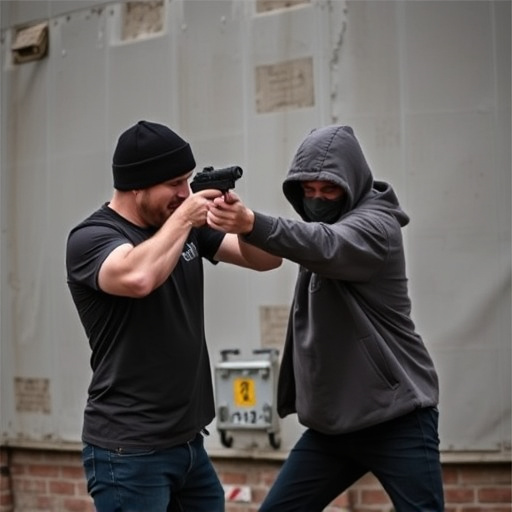
In real-world applications, both Tasers and stun guns serve as powerful tools for law enforcement and self-defense purposes. Tasers, or Conductivity Energy Devices (CEDs), are designed to temporarily incapacitate a subject by disrupting muscle control through the delivery of a high-voltage, low-current electrical pulse. They are widely used by police forces globally due to their non-lethal nature, allowing officers to subdue resistant individuals without causing permanent harm. High Voltage Stun Gun Brands offer similar functionality but typically use a different technology, such as electric arcs or high-intensity LED lights, to achieve the same result.
For self-defense scenarios, both tools can be invaluable. Stun guns are often preferred by civilians for their simplicity and reliability, providing an easy-to-use option for deterring potential attackers. High voltage stun gun brands come in various designs, from compact devices that fit easily in pockets to larger models equipped with multiple prongs or stun features, catering to different user needs and preferences. Law enforcement agencies also utilize these tools as a secondary measure when non-lethal force is required, ensuring public safety while minimizing the risk of injury during encounters.
Tasers and stun guns both offer non-lethal force options, but they differ significantly in design, power, and application. Tasers use electrical muscle stimulation to disable targets, while stun guns deliver a high-voltage shock to disrupt the nervous system temporarily. In terms of power and range, stun guns generally have an advantage with higher voltage outputs. However, tasers offer unique features like probe-based deployment for greater accuracy. When considering a purchase, it’s crucial to understand local laws regarding their use and possession. Top brands like [High Voltage Stun Gun Brands] provide advanced safety features and reliable performance. Whether for law enforcement or self-defense, understanding these differences ensures informed decisions in selecting the appropriate non-lethal force tool.
